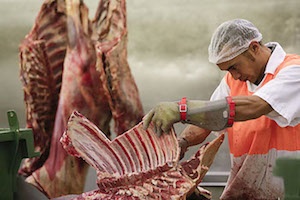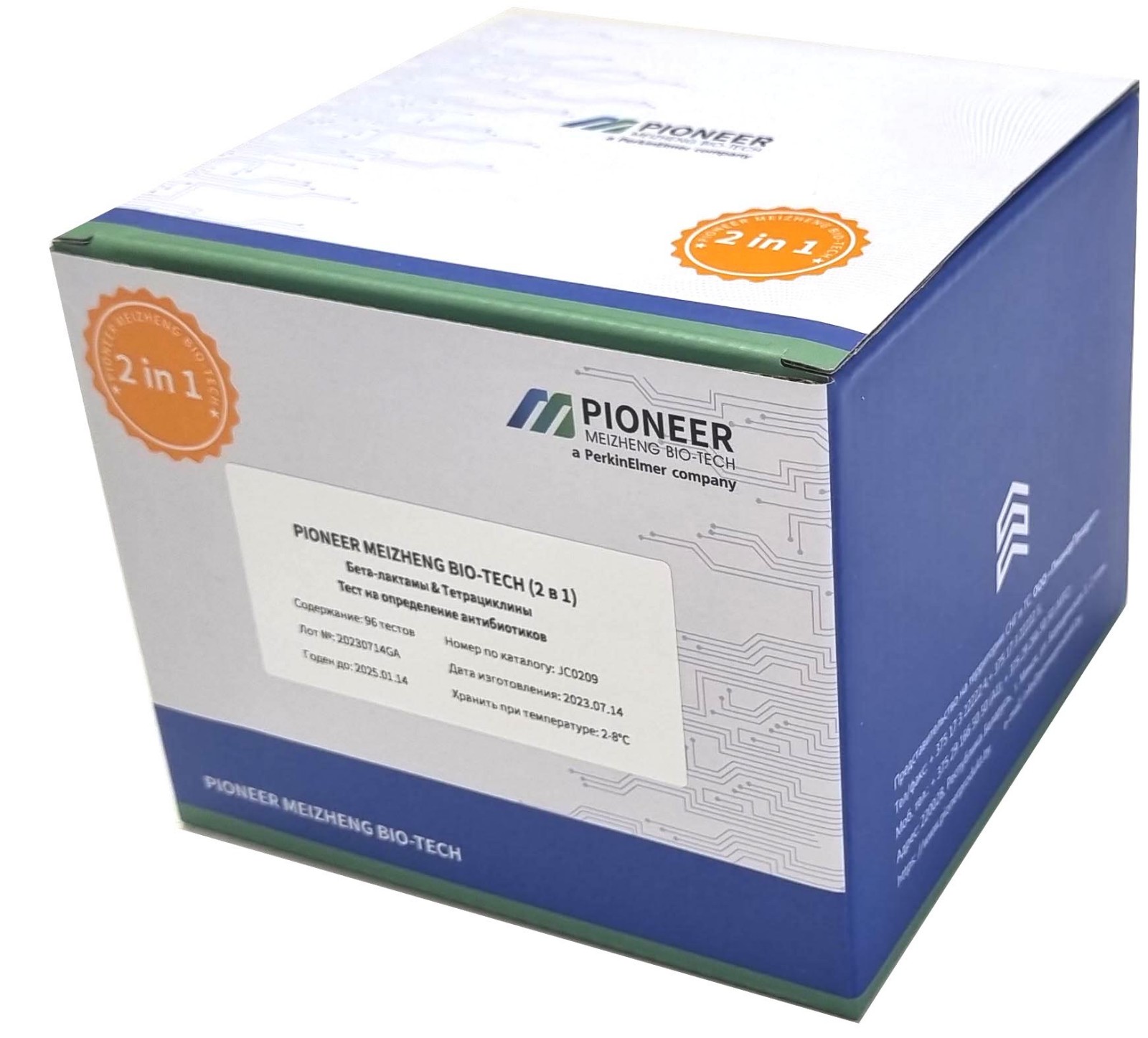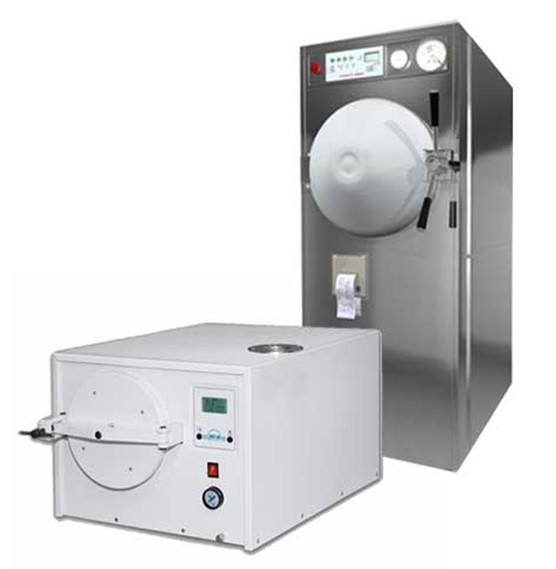Saudi Arabia is the best export opportunity for US processed meat

Processed MEAT Leads Growth: Processed meat is the leading category in Saudi Arabia’s food retail sector, followed by baby food and natural/organic foods. Other promising categories include ready meals (No. 7) and savory snacks (No. 8), which offer additional channels for U.S. meat exports .
Expanding Food Retail Market: Saudi Arabia’s food retail sector was valued at over US$51 billion in 2023, with annual growth projected to exceed 5%. Urbanization, population growth, and expansion of physical retail outlets are driving this surge.
U.S. competitive advantage: Saudi consumers trust U.S. agricultural products, which provides a competitive advantage. The favorable peg of the Saudi riyal to the U.S. DOLLAR increases the cost advantage for U.S. exporters.
Problems and competition
Fierce global competition: The US competes with Brazil, Egypt, the EU , India and other countries for market share in Saudi Arabia. Brazil dominates poultry imports with a 70% share, while the US accounts for less than 1%.
Beef Imports : The kingdom imports US$370 million worth of beef annually , with US production accounting for 3.2%, ranking fourth. Brazilian beef and Indian beef from Carabeuf capture the lower-priced segment, while US beef, known for its superior quality, targets higher-income consumers.
Logistics hurdles: Higher shipping costs and smaller order sizes from Saudi importers pose a challenge to U.S. companies accustomed to bulk shipments.
Opportunities for growth
Despite the challenges, Saudi Arabia's preference for American agricultural products has allowed American meat exporters to capture a larger share of this growing market. As the retail sector expands and consumer demand for convenience and quality increases, processed meats are emerging as a leading growth product.
Through strategic planning and targeted marketing, the U.S. meat industry can capitalize on Saudi Arabia's growing demand for high-quality products and strengthen its position in the region.
Read together with it:
- Парагвай: Экспорт субпродуктов является растущей отраслью и уже достиг 95,4 млн долларов СШАЭкспорт говяжьих субпродуктов в этом году значительно вырос. К концу августа выручка составила 95,4 млн долларов США по сравнению с 54,6 млн долларов США на тот же конец прошлого года. По данным SENACSA, в конце августа этого года было экспортировано 51 миллион килограммов мяса по сравнению с 33,7 миллиона килограммов на конец того же месяца прошлого года. Экспорт субпродуктов увеличился на 51,3%....
- Indilight held a culinary masterclass with Silvena Rowe, promoting turkey as a healthy food.Silvena Rowe demonstrated original turkey cooking techniques, emphasizing its nutritional value. Participants prepared crispy turkey schnitzel with an almond-herb crust and turkey with turmeric and lime. The masterclass also emphasized a scientific approach to nutrition and promoted turkey as an ideal food for a healthy lifestyle. During the event, guests received unique gifts from the Louis Quart...
- Министерство сельского хозяйства США представило план по снижению цен на говядинуПоголовье скота в стране находится на самом низком уровне за последние 75 лет, в то время как спрос на говядину вырос на 9% за последнее десятилетие. Поскольку увеличение поголовья скота в стране требует времени, Министерство сельского хозяйства США (USDA) уже сейчас инвестирует средства, чтобы сделать эти рынки менее волатильными для скотоводов в долгосрочной перспективе и более доступными для по...
- С января по июль экспорт свинины из ЕС вырос на 1,6%На втором месте оказались Нидерланды с объёмом экспорта в 392 000 тонн. Дания экспортировала свинину в третьи страны с объёмом в 308 000 тонн, что примерно на 13% меньше, чем в предыдущем году. Германия экспортировала 180 000 тонн, что на 18% меньше, чем годом ранее. Это было обусловлено, главным образом, дополнительными ограничениями на экспорт, вызванными вспышкой ящура в начале года. Помимо зап...




























































